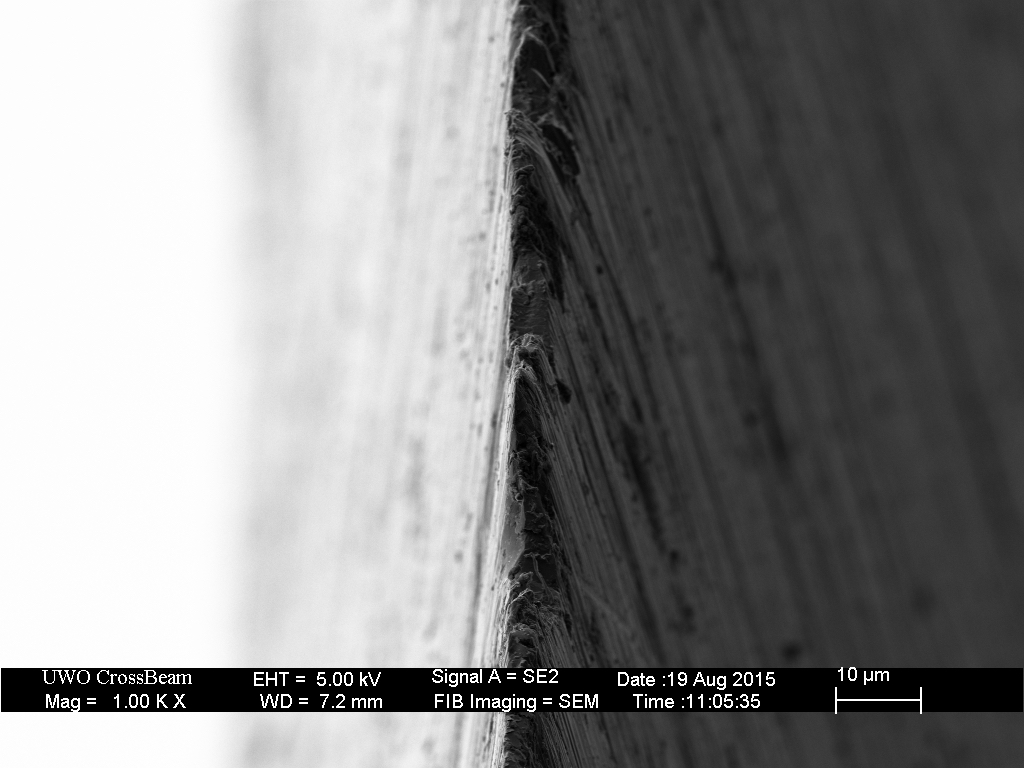I wonder if you could help me understand what finishing stones do when incorporating major skips in grit.
Where this comes from: I've seen it recommended on this forum by people who are well respected (e.g. JasonB) to progress Shapton Glass 500, 2k...then 16K. This seems like a massive jump.
My understanding (could be incorrect) is that with gradual refinement e.g. 500/2k/6k/16k, or 320/1k/3k/8k/16k or something similar, you are slowly refining the edge/removing lower grit scratches to get the smoothest surface possible in the shortest time.
But the 2k-16k jump: isn't that just too large to get such a smooth surface (without tons of work)? My best guess is that the 2k-16k jump isn't trying to get the smoothest edge, but keep some 'toothy' edge and slightly smooth out its outer edges (as opposed to creating a completely smooth surface) to improve its performance. How is this similar/different to a stop?
Also, can anyone comment on how much the 2k-16k actually significantly improves the edge and how long it lasts?
Or let's put the question another way: suppose I go:
500/2k/4k
Or 500/2k/6k
Or 500/2k/8k
Or 500/2k/16k
Or 500/2k/strop
How would the results differ? I'm very curious. (The first two make the most sense to me, but are not recommended)
Finally, how would your answer differ with respect to chisels and kitchen knives.
Where this comes from: I've seen it recommended on this forum by people who are well respected (e.g. JasonB) to progress Shapton Glass 500, 2k...then 16K. This seems like a massive jump.
My understanding (could be incorrect) is that with gradual refinement e.g. 500/2k/6k/16k, or 320/1k/3k/8k/16k or something similar, you are slowly refining the edge/removing lower grit scratches to get the smoothest surface possible in the shortest time.
But the 2k-16k jump: isn't that just too large to get such a smooth surface (without tons of work)? My best guess is that the 2k-16k jump isn't trying to get the smoothest edge, but keep some 'toothy' edge and slightly smooth out its outer edges (as opposed to creating a completely smooth surface) to improve its performance. How is this similar/different to a stop?
Also, can anyone comment on how much the 2k-16k actually significantly improves the edge and how long it lasts?
Or let's put the question another way: suppose I go:
500/2k/4k
Or 500/2k/6k
Or 500/2k/8k
Or 500/2k/16k
Or 500/2k/strop
How would the results differ? I'm very curious. (The first two make the most sense to me, but are not recommended)
Finally, how would your answer differ with respect to chisels and kitchen knives.


